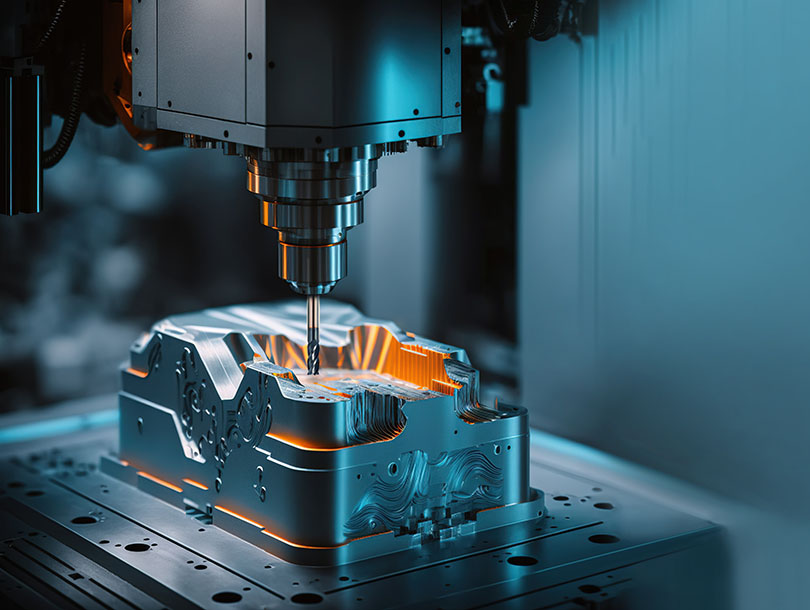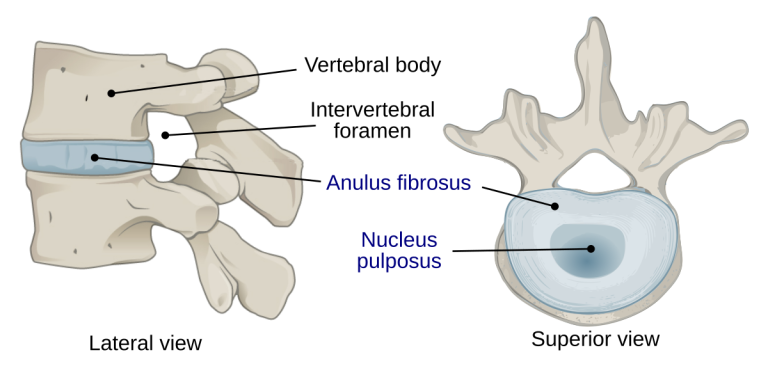Everything You Need to Know About CNC Machining
What is CNC Machining?
CNC stands for Computer Numerical Control. In a nutshell, it’s a manufacturing process where pre-programmed computer software dictates the movement of factory tools and machinery. These tools and machinery can include lathes, mills, routers, and grinders. Unlike manual control, CNC machining utilizes computerized controls to oversee every aspect of the manufacturing process, ensuring precise and efficient production.
How Does CNC Machining Work?
In CNC machining, a designer first creates a 3D design of the part to be produced using Computer-Aided Design (CAD) software. The CAD file is then converted to a CNC program, which contains instructions for the machine on how to create the part. The CNC machine reads this program and uses it to cut, shape, or mold the material into the desired final product. This process allows for high precision and repeatability, making it ideal for mass production.
The Advantages of CNC Machining
One of the significant benefits of CNC machining is its high level of accuracy. The computer-controlled nature of the process ensures that each part is identical to the last, with minimal margin for error. Additionally, CNC machining is incredibly efficient, as machines can run 24/7 with minimal human intervention, leading to faster production times. This method also allows for complex designs to be easily replicated, making it versatile for various industries.
The Applications of CNC Machining
CNC machining is widely used across industries such as aerospace, automotive, electronics, and medical. It can produce parts ranging from simple to highly complex geometries with ease. Some common products created through CNC machining include engine components, surgical instruments, smartphone parts, and customized prototypes. Its versatility and precision make it a go-to choice for manufacturers looking for reliable and high-quality production.
The Types of CNC Machines
There are several types of CNC machines, each designed for specific tasks. These include CNC milling machines, CNC lathes, CNC routers, and CNC plasma cutters. CNC milling machines are used to remove material from a workpiece to create a finished part, while CNC lathes are ideal for shaping cylindrical parts. CNC routers excel at cutting and shaping wood, plastic, and metal, while CNC plasma cutters use a high-velocity jet of ionized gas to cut through materials.
The Future of CNC Machining
As technology continues to advance, so does the field of CNC machining. Innovations such as 5-axis machining and Artificial Intelligence (AI) integration are revolutionizing the industry, allowing for even more complex and precise parts to be manufactured. With the rise of Industry 4.0 and the Internet of Things (IoT), CNC machines are becoming smarter and more interconnected, leading to increased automation and efficiency in the manufacturing process. The future of CNC machining is undoubtedly bright, with endless possibilities for innovation and growth.
In conclusion, CNC machining is a cutting-edge manufacturing process that offers unparalleled precision, efficiency, and versatility. Whether you’re producing aerospace components or intricate medical devices, CNC machining provides a reliable and cost-effective solution for your manufacturing needs. With its ability to create complex designs with utmost accuracy, it’s no wonder that CNC machining has become an integral part of modern industry.




